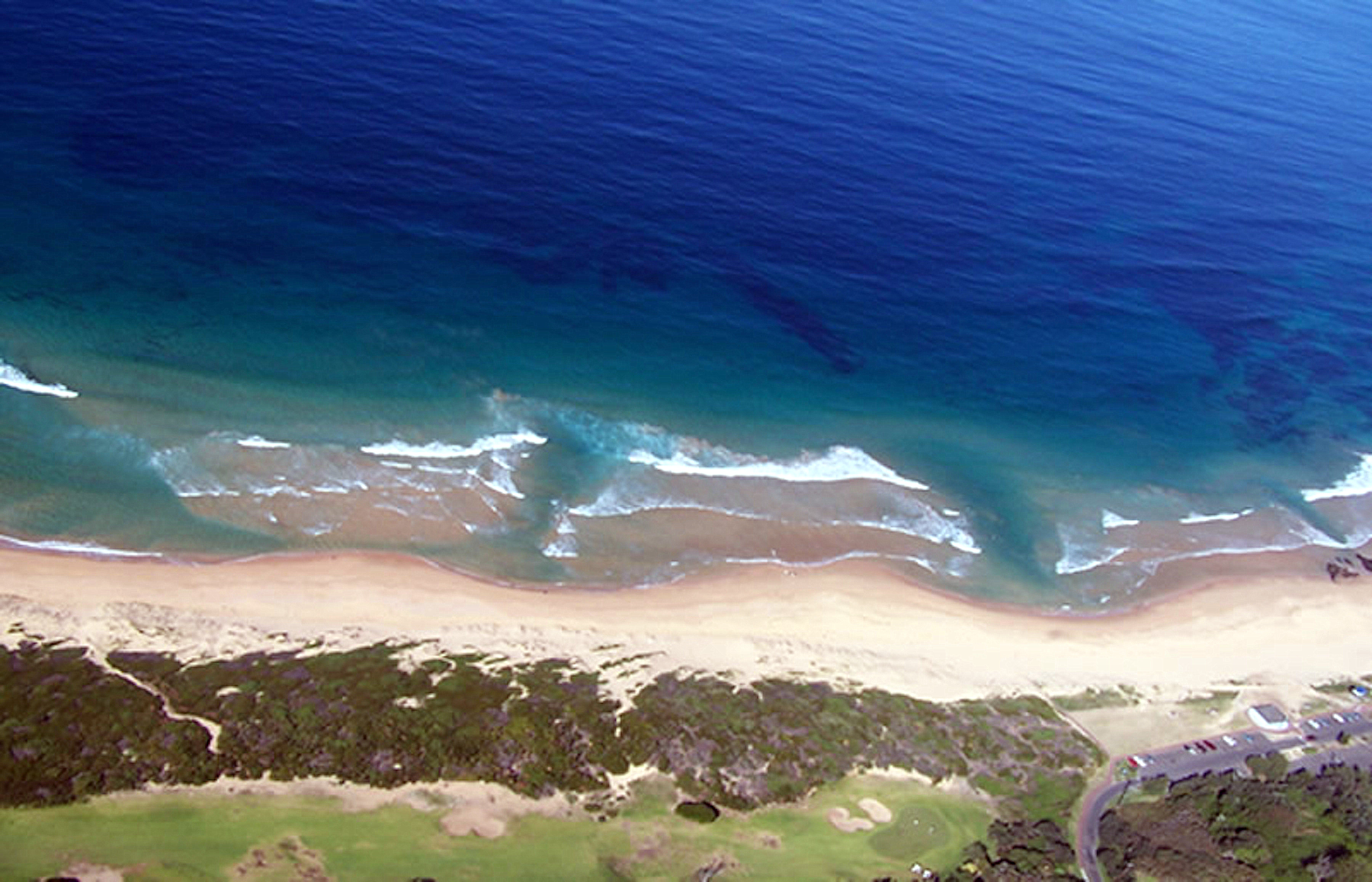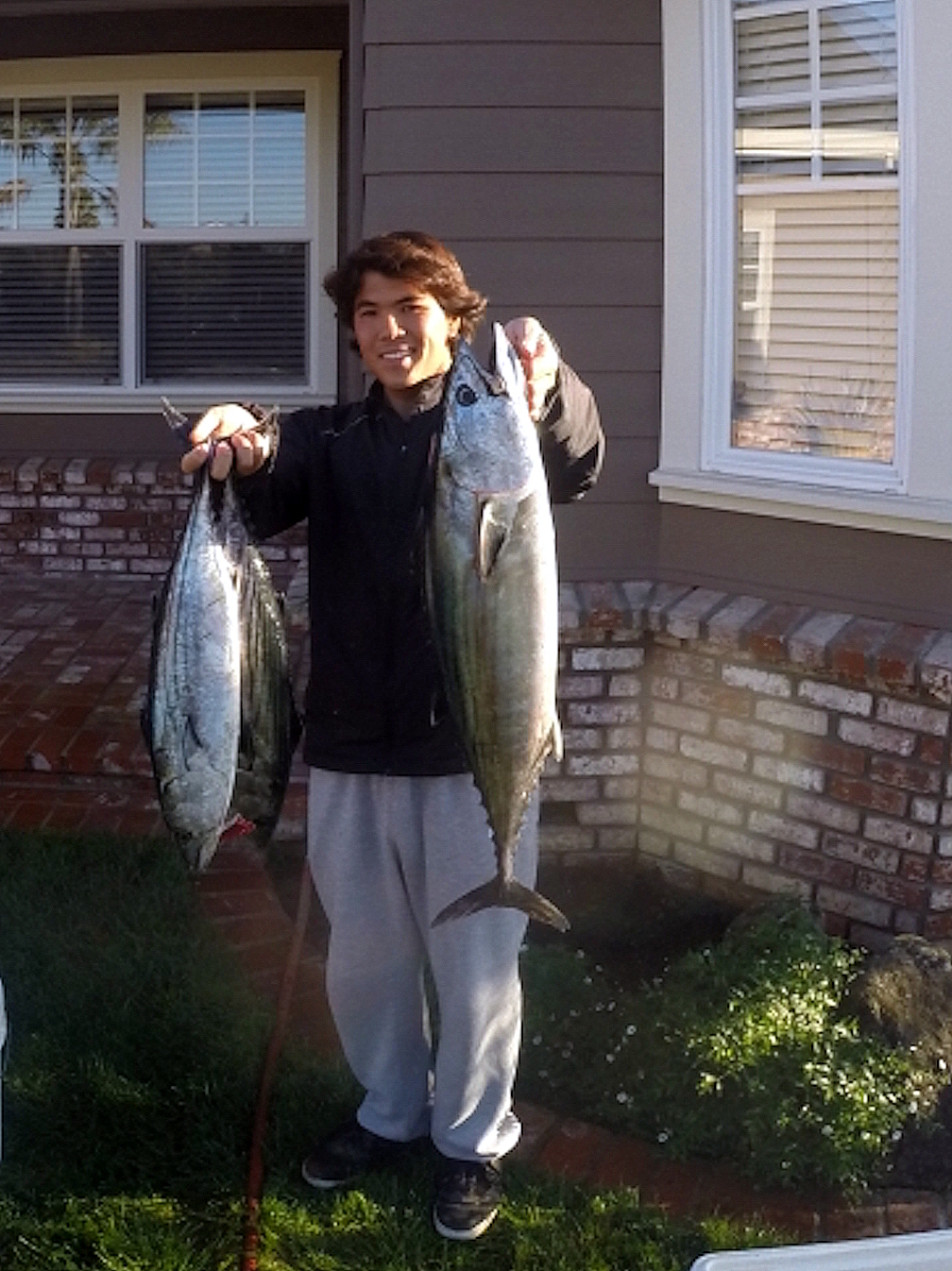Utah Fish Report
Saltwater Fish Report for 12-4-2015
Saltwater Fish Report for 12-4-2015
Sentinel/Herald Fish Report

by Allen Bushnell
12-4-2015
Website
Last year was one of the best surf perching years I have ever experienced. I’ve been diddling with surfcasting for 30 years or so, but only in the last ten have I really begun to learn internalize some of the tips, tricks and techniques that make a successful surfcaster. As this perch fishing season starts, I’d like to spend a few weeks going into some detail on the topic.
Prior to last year the largest surfperch I ever caught topped out at 12 inches. The winter of 2014-2015 really was phenomenal. Fish were biting at all the beaches and it was a rare day I did not catch limits, including a 14 or 15-incher. It’s a given that some years will be fishier than others, but my motto is “First you do everything right, then you get lucky.” So, how do I do things “right” in terms of surfcasting the Monterey Bay and other California beaches?
First, I need to go where the fish are. Having a network of surf fishing friends helps to know where the bite might be hot this week. More important is learning to “read” the water. Feeding perch can usually be found in deeper pockets or troughs near sand bars. They feed on the sandcrabs, sandfleas, worms and other small critters that wash off the beach and sandbars. I look for rip currents, troughs and “holes” in the nearshore surf. It’s easier to see the beach structure from the top of the cliff before you descend to the beach, and mark the likely spots to hit.
Rip currents form as the waves push water in and up the beach. The upswept water runs back down the beach and eventually forms a trough or channel through the breaking waves that is deeper than the surrounding sand. Rips can be spotted by looking for disturbed, discolored or “sandy” water. A classic rip current will resemble a stretched out mushroom with a thin stalk starting at the beach, and a mushroom “head” outside the braking waves, where the current dissipates.
Other deep spots in the breaking surf can be recognized by watching the waves closely. As a new swell hits the outer sandbar, it breaks and rolls to the beach as whitewater. Ever notice how some whitewater waves seem to “back off” before crashing again as shorebreak? This indicates deeper water or a “hole.” Some beaches (on some days) will have a well-defined trough between the outer sandbar and the shorebreak, where the whitewater action is minimal. This is another deep spot and excellent area to target for surfperch.
And finally, usually when the waves are smaller, a trough will form directly behind the shorebreak, Casting just beyond that trough and somewhat parallel to the beach will allow you to work the area just behind the waves as you retrieve your bait or lure. Next week we will look at equipment choices for surf perching, including rods, reels, rigging and baits.
Prior to last year the largest surfperch I ever caught topped out at 12 inches. The winter of 2014-2015 really was phenomenal. Fish were biting at all the beaches and it was a rare day I did not catch limits, including a 14 or 15-incher. It’s a given that some years will be fishier than others, but my motto is “First you do everything right, then you get lucky.” So, how do I do things “right” in terms of surfcasting the Monterey Bay and other California beaches?
First, I need to go where the fish are. Having a network of surf fishing friends helps to know where the bite might be hot this week. More important is learning to “read” the water. Feeding perch can usually be found in deeper pockets or troughs near sand bars. They feed on the sandcrabs, sandfleas, worms and other small critters that wash off the beach and sandbars. I look for rip currents, troughs and “holes” in the nearshore surf. It’s easier to see the beach structure from the top of the cliff before you descend to the beach, and mark the likely spots to hit.
Rip currents form as the waves push water in and up the beach. The upswept water runs back down the beach and eventually forms a trough or channel through the breaking waves that is deeper than the surrounding sand. Rips can be spotted by looking for disturbed, discolored or “sandy” water. A classic rip current will resemble a stretched out mushroom with a thin stalk starting at the beach, and a mushroom “head” outside the braking waves, where the current dissipates.
Other deep spots in the breaking surf can be recognized by watching the waves closely. As a new swell hits the outer sandbar, it breaks and rolls to the beach as whitewater. Ever notice how some whitewater waves seem to “back off” before crashing again as shorebreak? This indicates deeper water or a “hole.” Some beaches (on some days) will have a well-defined trough between the outer sandbar and the shorebreak, where the whitewater action is minimal. This is another deep spot and excellent area to target for surfperch.
And finally, usually when the waves are smaller, a trough will form directly behind the shorebreak, Casting just beyond that trough and somewhat parallel to the beach will allow you to work the area just behind the waves as you retrieve your bait or lure. Next week we will look at equipment choices for surf perching, including rods, reels, rigging and baits.
More Reports
Sentinel/Herald fish Report
11-27-2015
A moment of silence, please, for the absence of Dungeness crab on our Thanksgiving tables this year. High levels...... Read More
Sentinel/Herald Fish Report

11-20-2015
Weather and sea conditions continue to change rapidly in Monterey Bay. Nearshore water temperatures have dropped to more “normal” levels,...... Read More

www.UtahFishReports.com © 2025. All Rights Reserved.
Website Hosting and Design provided by TECK.net
Website Hosting and Design provided by TECK.net